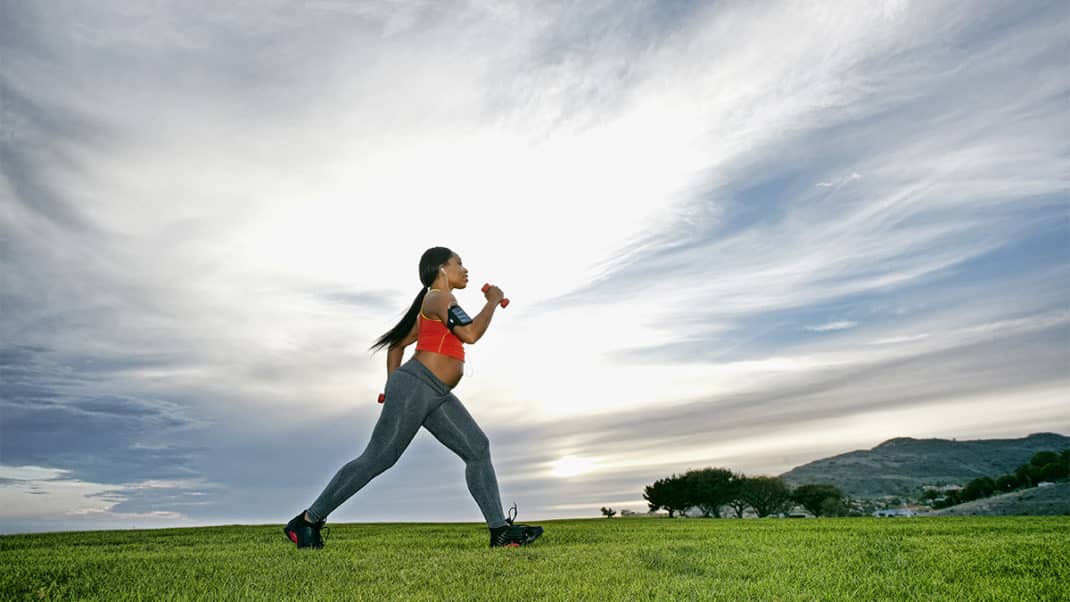Injury Prevention for New Moms
If you are a new mother, congratulations!
Along with the blessings, however, come some physical challenges. Various
movements associated with care of a baby can cause serious distress to your
body if you don’t perform them functionally. How can you lessen the risk of
injury? Learn proper movement patterns for typical activities you do with your
baby. (Exercise can also help; seek the assistance of a personal trainer or
group fitness instructor if you have questions.)
Read the suggestions below from Lisa Druxman, MA, founder of
Stroller Strides® LLC and author of Lean
Mommy (Center Street 2007), and Carl Petersen, PT, a physical
therapist and co-author of Fit to
Deliver (Hartley & Marks 2005).
Carrying the Baby
As a new mom, you may spend many hours
holding the baby in a slumped position with your spine “collapsed,” or with one
hip jutting out to the side. (Most often you will hold your baby on one side.)
Chances are that your wrist will be flexed to get a good grip on the baby, and
your scapula will be in a stretched, protracted position. Instead, try to
- keep the spine in neutral alignment, with
shoulders pulled back; - bring the baby to the body’s center whenever
possible; and - maintain a neutral wrist position, especially
if experiencing carpal tunnel issues.
Feeding the Baby
During breastfeeding you will often hunch
over to bring your breast to the baby, which can wreak havoc on the spine.
Other concerns when feeding are holding the breast for the baby (compromising
the wrist) and crossing the legs (causing pelvic and spinal imbalance).
Ideally, you should
- sit in neutral-spine position in an
ergonomically correct chair and use a footrest; - maintain a better feeding posture by using a
support pillow to raise the baby; and - set up a nursing station where everything is
handy, to avoid reaching and twisting.
Pushing a Stroller
Simply pushing a stroller can pose
postural challenges, since your natural tendency is to lean forward, lock the
elbows and extend the wrists while pushing. Make sure you
- keep the head and chin up, with ears over
shoulders; - keep the shoulders depressed and retracted
slightly, with chest leading; - hold the arms in a softly bent position, not
locked; - keep the wrists in neutral (carpal tunnel is
prevalent in new moms); - engage the abdominals throughout the movement;
and - take full, comfortable strides.
SIDEBAR: Carrying the Baby’s Car Seat
- use
the car seat carrier as little as possible, taking baby out of the seat and
holding her close or putting her in a stroller. According to a study presented
at the 2006 annual meeting of the American College of Sports Medicine, it is
better to manually hold an infant and lift an object than to perform a lift
while holding the baby in an infant carrier.
- use
correct posture to pick it up: when removing the seat from the stroller, first
find neutral spine; stand in front of the car seat with the seat at the center
of the body; bend the legs and bring the seat in toward the body, engaging the
core muscles while standing up. When taking the seat out of the car (or putting
it in), get into the car. Keep the car seat close to the body and engage the
abs when lifting. Be careful of twisting motions and of carrying the seat away
from the body. - use
the biceps to hold the seat, rather than letting it hang from the end of the
arm. A best-case scenario is to hold it in the center of the body like a
laundry basket.





